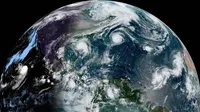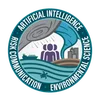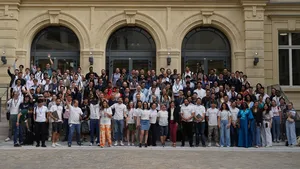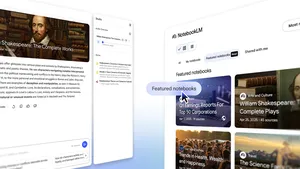Partnerships for advanced weather and climate prediction

When I was a child, growing up on an almond farm in central California, the day always began by turning on the radio and listening to the forecasters talking about temperature, precipitation, and something called “evapotranspiration rate.” I didn’t know what all those terms meant at the time, but I could see how my father made decisions based on what he heard, like when to water, or when to harvest.
Now, when I chat with my colleagues around the world on video conference, they’re making daily decisions based on the weather around them, just like my father did on the farm. Some decisions are routine and others are dramatic, including decisions about what to wear for a walk outside, or how to prepare a family for extreme events like hurricanes and wildfires.
At Google, we’ve been using AI research to develop new methods for understanding and predicting the weather, including hyperlocal precipitation forecasting to support precise personal decision making, flood forecasting in India and Bangladesh, and computational methods that can help improve the accuracy of forecasting technology.
We’re also partnering with institutions that supply forecasts and technology. This month, we began working with the National Oceanic and Atmospheric Administration (NOAA) Satellite and Information Service (NESDIS) to explore the benefits of artificial intelligence (AI) and machine learning (ML) for enhancing NOAA’s use of satellite and environmental data.
Together, NESDIS and Google will use AI and ML to amplify NOAA’s environmental monitoring, weather forecasting and climate research using Google Cloud infrastructure. By working directly with NOAA’s forecast scientists, we’ll be able to utilize the vast amount of satellite and other environmental data that NOAA collects to enhance prediction for extreme weather events, such as hurricanes and tornadoes.
Related, in August, the U.S. National Science Foundation (NSF) announced the AI Institute for Research on Trustworthy AI in Weather, Climate, and Coastal Oceanography (AI2ES) led by Amy McGovern at the University of Oklahoma, with Google as a founding member. This Institute includes seven academic institutions, four private-sector partners, as well as U.S. government and federally-funded labs. AI2ES assembles researchers from the atmospheric and ocean sciences and risk communication to develop trustworthy AI technology to address concerns in weather, climate, and coastal hazards prediction. The team will create educational pathways to develop a more diverse AI and environmental science workforce.
AI2ES logo

Now, when I look at the fundamental scope and depth of these partnerships in the atmospheric sciences, I know my father would approve that the work is meaningful and relevant. And then he’d tell me to get back to work.






